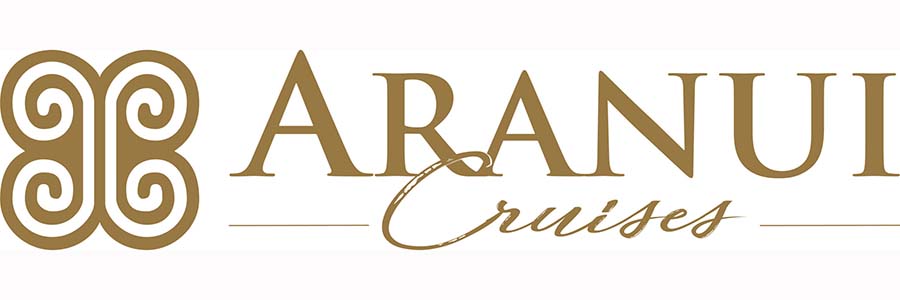L’évaluation économique de la Réserve Naturelle de Saint Martin (RNSM) a été conduite afin d’identifier ses impacts sur différents secteurs d’activités économiques de l’île.
En 2010, la réserve a produit des bénéfices compris entre 780 k€ et 1,6 M€. Le principal secteur bénéficiaire a été le tourisme (70% des bénéfices) avec les prestations payées par plus de 50000 usagers annuels de la réserve dans les entreprises de plongée sous-marine, de loisirs nautique, de la plaisance et le secteur de l’hébergement.
Un autre bénéfice est celui de la protection côtière générée par les écosystèmes marins de la RNSM qui évite chaque année des dommages sur le littoral compris entre 2 et 4 M€ et sur lequel la réserve à un impact annuel estimé à 275 k€. Contrairement aux prévisions, l’impact économique de la Réserve sur la pêche apparaît comme marginal et reflète le faible effort de pêche dans la zone d’influence de la RNSM.
Lire la suite

























